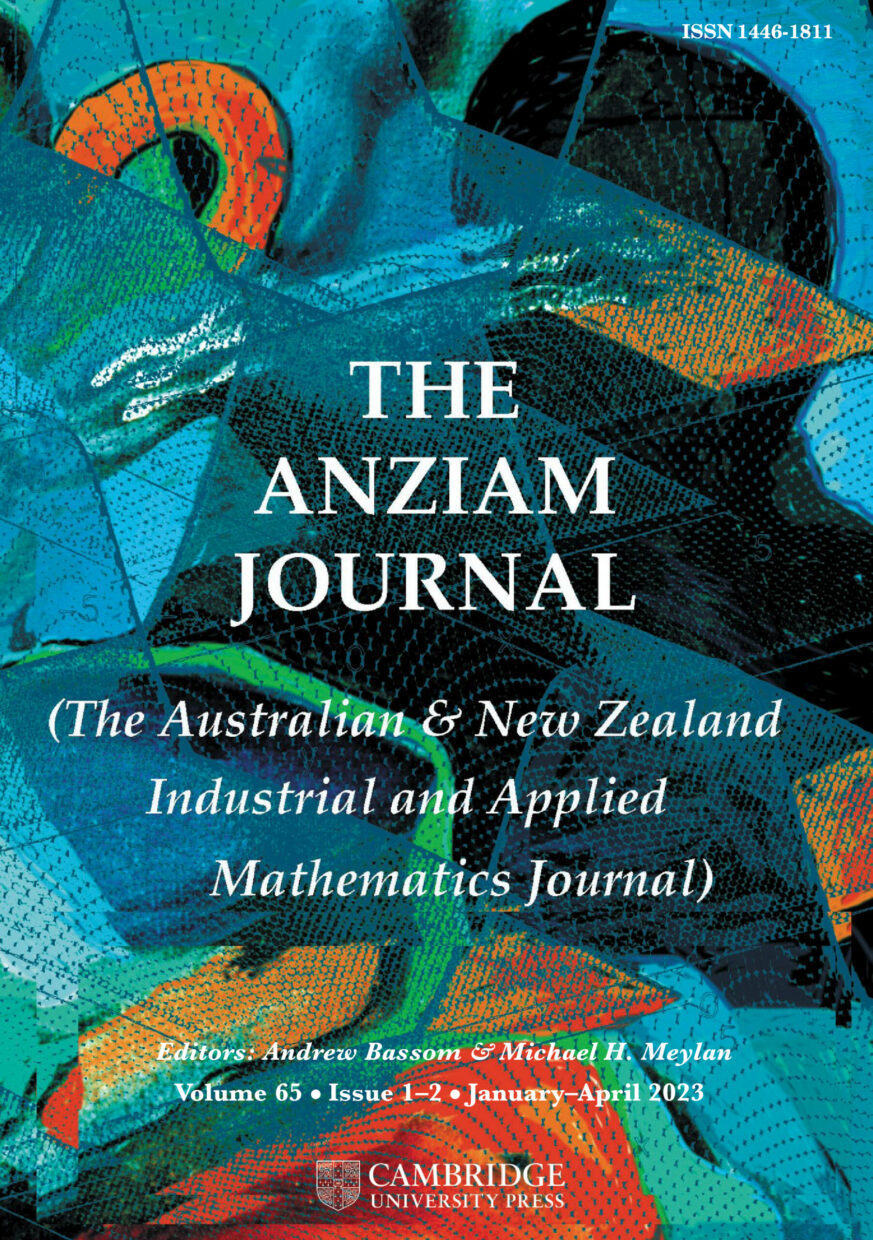How mathematics and statistics supported the Covid-19 response in Australia and New Zealand
The Covid-19 pandemic thrust mathematical modelling into the spotlight like never before. As governments around the world scrambled to respond to the crisis, infectious disease models became a crucial strand of evidence, allowing us to measure transmission and evaluate the likely outcome of alternative response options. Along with this came a series of challenges and opportunities for our discipline.
Australia and New Zealand followed similar pandemic strategies – using border controls to keep the virus out and community interventions when needed to suppress transmission. This enabled both countries to reach high vaccine coverage before widespread community transmission occurred in late 2021. As a result pandemic mortality rates were among the lowest in the world.
As the acute phase of the pandemic came to an end, we wrote an article for the Australian New Zealand Industrial and Applied Mathematics (ANZIAM) Journal describing how mathematics and statistics contributed to our countries’ responses. In the article, we outline some of the modelling tools developed for Covid-19 in Australia and New Zealand and describe how they were used to inform government decision making. The low case numbers meant that different tools were needed compared to most of the rest of the world, which had major waves of infection throughout the pandemic.
Mathematical models have been used to provide situational awareness and support decision making, planning and strategy development. Despite its successes in the policy world, modelling has at times been heavily criticised. And at times, legitimately so: it is important that models are transparent and their assumptions are open to criticism. It is also crucial for decision-makers to be transparent about how they have used, or not used, the evidence available.
In some cases, there was a backlash stemming from misunderstanding the purposes of a particular model. Infectious disease models come in various flavours, all of which have their own strengths and weaknesses. The choice of model very much depends on the questions that are being asked.
For example, if you want to forecast the number of hospital admissions in two weeks’ time, it is appropriate to use a model that makes relatively few assumptions about factors affecting transmission dynamics, but that carefully accounts for reporting lags and statistical variability in the real-time data streams.
On the other hand, if you want to know about the consequences of policy A versus policy B over the next six months (say, alternative vaccination strategies), you need to make some assumptions about which factors are likely to impact epidemic dynamics over that period and how. The exact results you get will be sensitive to the assumptions you make, and the resulting uncertainty must be accounted for. Ideally, the comparison of A versus B will be less sensitive to the assumptions, meaning that decision makers can be confident in a decision even if the exact consequences of that decision are harder to predict.
Problems arise when results are cherry-picked, presented out of context, or divorced from the assumptions that underpin them. Models and modellers don’t make policy decisions. They only ever provide input into the decision making process. Careful communication of how model inputs and outputs can and can’t be interpreted is essential.
Our article explores these ideas in detail, identifying approaches that worked well, and where mathematicians who contribute to policy must strive to do better, through new approaches to education, better professional development for junior research scientists and the consumers of model-based evidence, and technical advances in the mathematical and statistical methodologies themselves.
The Covid-19 pandemic has revealed a number of blindspots in infectious disease models. Many models have a relatively narrow focus on the health burden caused by the virus, as opposed to broader consideration of the health and societal impacts of the disease and the interventions made to control it. Models often struggle to predict the consequences of people changing their behaviour in response to the epidemic, or changes in the characteristics of the virus itself.
Mathematical models played a critical role in supporting our governments’ responses to the pandemic in Australia and New Zealand. They revealed the scale of what we were facing in early 2020. And they showed what an alternative future could look like with an effective response. A similar story emerged across the world. The international modelling community should be proud of what we have achieved in trying circumstances. But, as the challenges described in our article show, there’s still a lot of work to be done.
Read, share and download ‘The role of the mathematical sciences in supporting the Covid-19 response in Australia and New Zealand‘ in Volume 64 Issue 4 of The ANZIAM Journal. This is freely available for anyone to access and view thanks to open access.
The ANZIAM Journal considers papers in any field of applied mathematics and related mathematical sciences with the aim of rapid publication in print and electronic formats. Novel applications of mathematics in real situations are especially welcomed. All papers should include some indication of applicability, and an introduction that can be understood by non-specialist readers from the whole applied mathematical community.






This shows the huge importance of mathematics in our lives – a very nice article to read.